They are there to make us understand and express our own capacities. We all have that strength, but we don’t seem to know it. We seem to need to be challenged and tested in order to understand our own capacities. – Swami Satchidananda, yogic teacher & translator/ commentator of the Yoga Sutras of Patanjali We can’t run away from them or eradicate them, but we can learn how to live with them more gracefully. We can learn to better coexist with our pain and challenges thanks to the path of kriya yoga. ‘Kriya’ means ‘action’ in Sanskrit. Kriya yoga, therefore, means ‘yoga in action’ or ‘yoga in practice.’ We can use the practice of kriya yoga the minute we become aware of physical or mental/emotional pain and discomfort. We can also use this yoga technique to help us face whatever challenges come our way…
Raja Yoga & Kriya Yoga: 2 Ancient Systems for Transforming Pain & Discomfort
Thousands of years ago, a sage called Patanjali created 2 systems for mental, physical, and emotional mastery to help us face our internal battles and external challenges. He outlined both systems in the Yoga Sutras, a 1,700-year-old compilation of 196 sutras or little pearls of wisdom woven together. The first system (commonly known as “The 8 Limbs of Yoga” or “Raja Yoga“) is comprised of 8 steps : 1 – Yamas (self-regulating behaviors) 2 – Niyamas (personal training) 3 – Asana (physical postures) 4 – Pranayama (regulation of life force and vital energy through breathing exercises) 5 – Pratyahara (turning the senses away from the external world and towards the internal world) 6 – Dharana (one-pointed focus and sustained concentration) 7 – Dhyana (meditation techniques) 8 – Samadhi (transcendence from limitations, mind-body integration) These 8 steps lead us towards the ultimate goal in yoga: Union with our own selves – our bodies, our minds, our hearts, our energy (life force). Patanjali’s second system, Kriya Yoga, stems from the first system. – Yoga Sutra 2.1 It’s based on the 8 Limbs of Yoga, specifically, the second limb called the Niyamas. The Niyamas are five precepts for personal training:
The practice of Kriya yoga refers to the last three Niyamas: Tapas, Svadhyaya, and Ishvara Pranidhana.
1- Tapas:
The root of the Sanskrit word ‘tapas’ also means: Anything burned out will be purified… But how can this burning process be effected with our mental impurities? By accepting all the pain that comes to us, even though the nature of the mind is to run after pleasure. We will actually be happy to receive pain if we keep in mind its purifying effects. – Swami Satchidananda, yogic teacher & translator/ commentator of the Yoga Sutras of Patanjali By practicing Tapas, you courageously feel the burn and allow it to transform you from the inside out. Practicing tapas means you learn to override knee-jerk impulses to avoid pain and seek pleasure. You learn to endure pain, discomfort, challenges, and frustration as a means of purification and transformation. Now, this doesn’t mean you’ll override your reactions every single time. What counts is that you keep coming back to this practice whether you override or not. It’s by experiencing pain that we learn more about who we really are and what we’re really made of. No doubt, practicing Tapas isn’t easy… but it can be a powerful spiritual practice that leads to deeper self-realization. It sucks to feel pain and no one likes feeling discomfort. And yet, pain, discomfort, and challenges can be transformers and some of our greatest teachers. Think of the people you admire and who inspire you and study their life story – you’ll find most if not all of them have endured their fair share of physical/mental/emotional pain. Through constant kriya practice, pain can help us become more of who we really are – which is precisely the main goal of yoga.
2- Svadhyaya:
Svadhyaya means to educate yourself and to study/observe yourself. Education is the drawing out of the best that is within a person. Svadhyaya, therefore, is the education of the self. The person practicing svadhyaya reads his own book of life, at the same time that he writes and revises it. – B.K.S. Iyengar, Yoga Teacher & Author of “Light on Yoga” Essentially Svadhyaya is the practice of self-awareness, self-inquiry, and self-reflection. It’s only through Svadhyaya that we can peel back the layers of our being and become more aware of who we are and who we aren’t. Then we can discard what no longer serves us and say goodbye to the old parts of us that don’t reflect our current (or future) selves. According to neuroscientist Dr. Joe Dispenza, our conscious and analytical mind only accounts for 5%, while our subconscious mind processes the remaining 95%. (1) The practice of Svadhyaya helps us uncover this hidden information (the 95%) so we can process it with our conscious mind and present awareness. By engaging with ourselves through neutral inquiry and genuine curiosity we can begin to disentangle ourselves from deep-seated patterns, unconscious beliefs, and blind spots. We can step away long enough to observe ourselves, our reactions, and our unspoken emotional triggers… especially in the midst of pain, discomfort, and challenge. The practice of Svadhyaya is like a muscle to be exerted consistently and persistently, and even more so during sh*tstorms. It’ll be uncomfortable and it’ll be confronting because you won’t always like what you see when you study yourself. And that’s ok. We all go through this.
3- Ishvara Pranidhana:
Ishvara Pranidhana is the practice of surrender, dedication, devotion, & faith. – Marianne Williamson, author of ‘A Return to Love’ It’s about really embodying a deep trust in the infinite intelligence and creative wisdom of a higher power. According to Yoga Sutra 1.24, Ishvara is the Supreme Self, “unaffected by any afflictions, actions, fruits of actions, or by any inner impressions of desire or greed.” Ishvara Pranidhana, then, is the devotion and dedication to the full expression of this Supreme Self… of your Supreme Self. This means that we not only trust the intelligence of a higher power but that we also trust our own innate intelligence and capacity to fully express our potential. According to Yoga Sutras 1.27-1.28, the word expressive of this Supreme Self (Ishvara) is Om or Aum. The repetition of this sound is what’s referred to as a mantra.
You can use this mantra as part of your meditation practice, keep reading to find out how.
Why should we practice Kriya Yoga?
It’s said in the Yoga Sutras that practice of kriya techniques can help to overcome the five main obstacles on the Yogic Path. These obstacles stand in the way of us reaching the 8th Limb of Yoga – Samadhi (spiritual growth and self-realization.) They are:
According to Patanjali, the human being that embarks on this comprehensive spiritual path of the 8 Limbs and kriya practice awakens three distinct qualities: 1- Self-understanding and insight 2- The quality of calm balance regardless of outer circumstances 3- Inner strength and resolve
Kriya Yoga According to Paramahansa Yogananda
Paramahansa Yogananda was a renowned yogic teacher who came from India to the U.S. in 1920 in order to spread the message of self-realization through yoga. He established the Self-Realization Fellowship in Los Angeles, CA where it still remains today. His teachings mainly centered around Kriya Yoga. In 1946 he published the best-selling book “Autobiography of a Yogi,” where he dedicated an entire chapter to ‘the science of kriya yoga.’ The book impacted countless people throughout the years including Apple CEO Steve Jobs. So much so that when Jobs planned every detail of his own funeral he made sure that each attendee received a copy of the book as his last message and gift. (2) Yogananda’s kriya yoga path is not for the general public, though. The actual technique must be learned from a kriyaban (kriya yogi) in a process of Kriya initiation. This specific technique of kriya yoga has been passed down a lineage of teachers and students. It’s said that in 1861 teacher Mahavatar Babaji taught the technique to his student Lahiri Mahasaya, who then taught it to his student Sri Yukteswar who taught it to his students, including Yogananda.
Kriya Yoga for Real Life:
The constant and heartfelt practice of Kriya Yoga can not only carry us through the tough moments but helps us become stronger and more powerful because we endured such obstacles. But once you put an obstacle to the flow by constructing a dam, then you can see its strength in the form of tremendous electrical power. – Swami Satchidananda, yogic teacher & translator/ commentator of the Yoga Sutras of Patanjali Whether it’s physical pain or illness you’re experiencing or mental and emotional turmoil, here are four steps to help you through it:
Step 1 – Embrace the pain/ discomfort
This doesn’t mean you don’t take any action to alleviate the pain. It means that you accept the pain as purification and you do your best to bring awareness to it. Can you feel grateful for this pain? Instead of running away from it try staying with it for a while and be open to it teaching you something valuable.
Step 2 – Observe yourself & ask yourself the right questions
Can you stay with the discomfort long enough to notice it shift? What do you observe about yourself and the way you show up? How would you like to show up? What can you do differently?
Step 3 – Surrender what is to the Supreme Self
Pain and discomfort don’t last forever. This will eventually pass. Can you surrender resistance even for just a moment? Can you dedicate yourself to come through on the other side of this?
Step 4 – Use the tools at your disposal
Tool #1 – The Om/Aum Mantra
Chant it out loud or silently. If you don’t feel comfortable saying the actual word you can also just hum it with your mouth closed. Studies and brain scans show that chanting Om can help to deactivate your brain’s limbic system which regulates fear and emotional responses. (3) This is definitely a plus when you’re in pain or discomfort or facing something stressful!
Tool #2 – The Adi Mantra
You can also add the Adi Mantra to your mantra meditation practice. This mantra can help you invoke that Supreme Self within you (Ishvara) and also helps to increase intuition.
Tool #3 – Self-Realization Meditation
Use this meditation to guide you in increasing your sense of inner calm no matter what’s happening around you. Reconnect to your essence now: https://soundcloud.com/calmwithyoga/self-realization-meditation-dissolve-fear-anxiety-overwhelm REFERENCES : (1) Dispenza, Joe, You Are the Placebo: Making Your Mind Matter, 2014 (2) https://www.inc.com/hitendra-wadhwa/steve-jobs-self-realization-yogananda.html (3) https://www.ncbi.nlm.nih.gov/pmc/articles/PMC3099099/
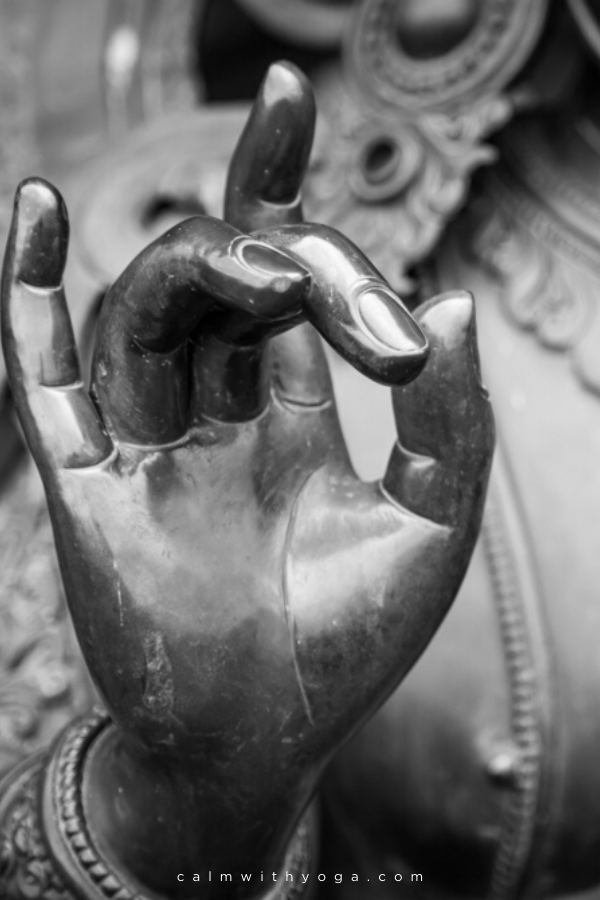
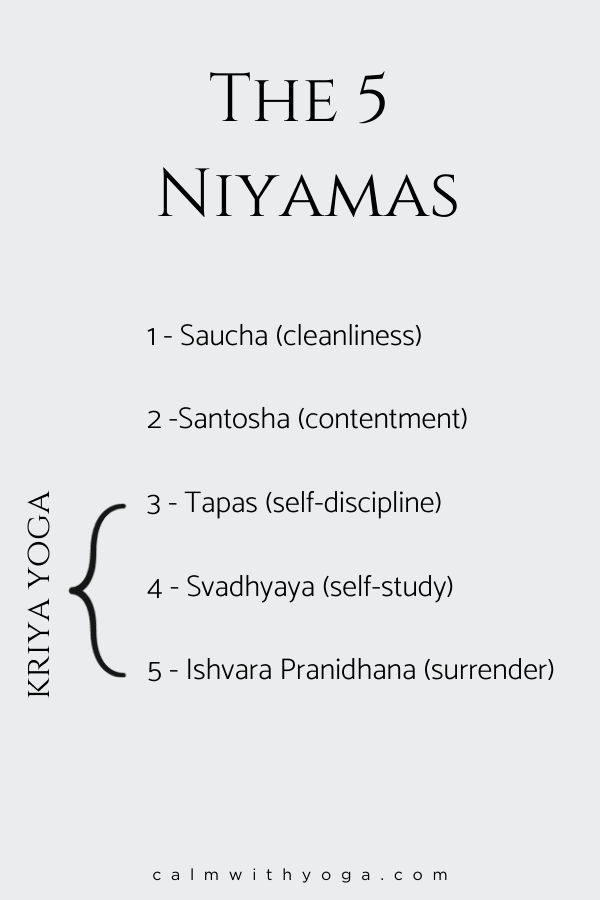

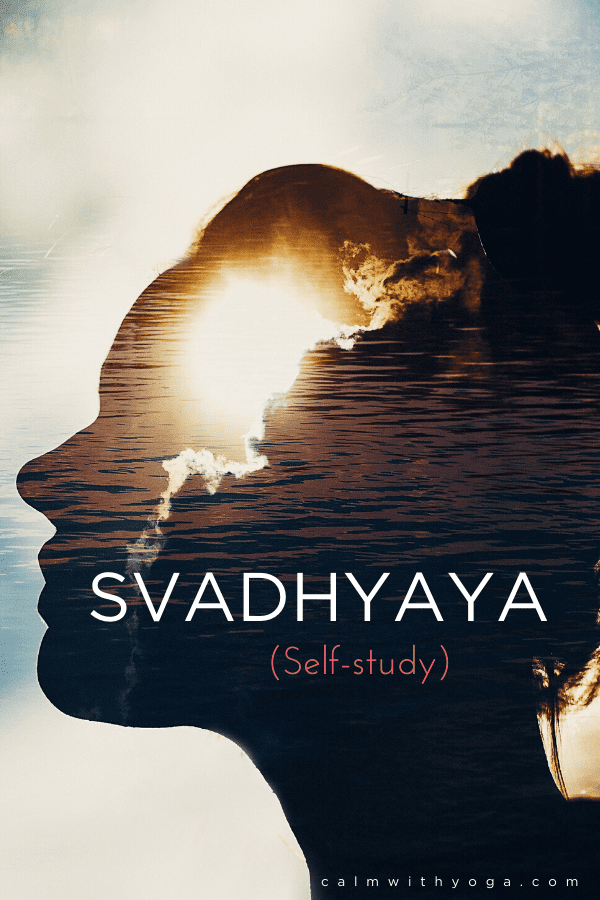
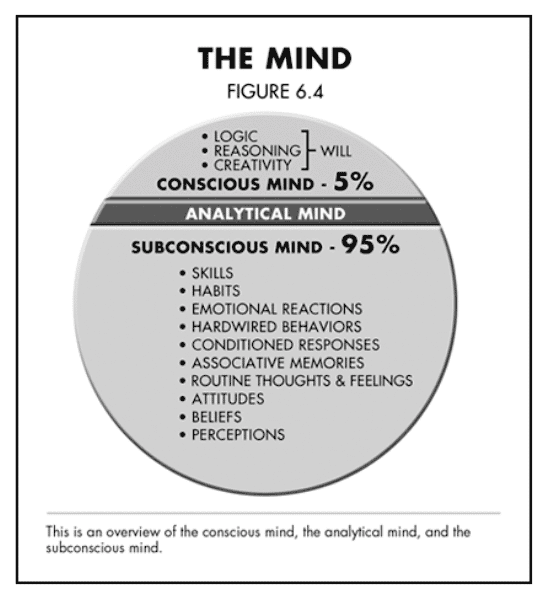
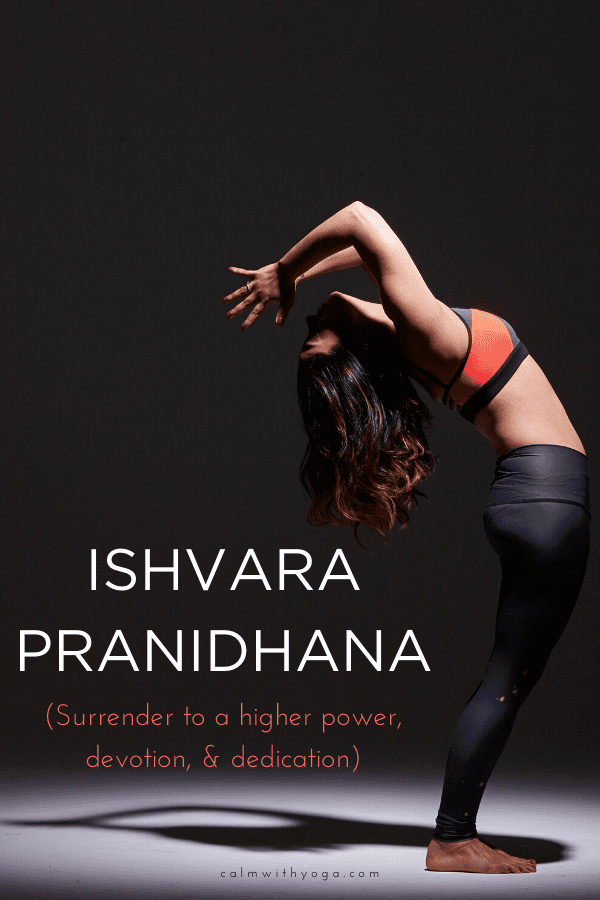
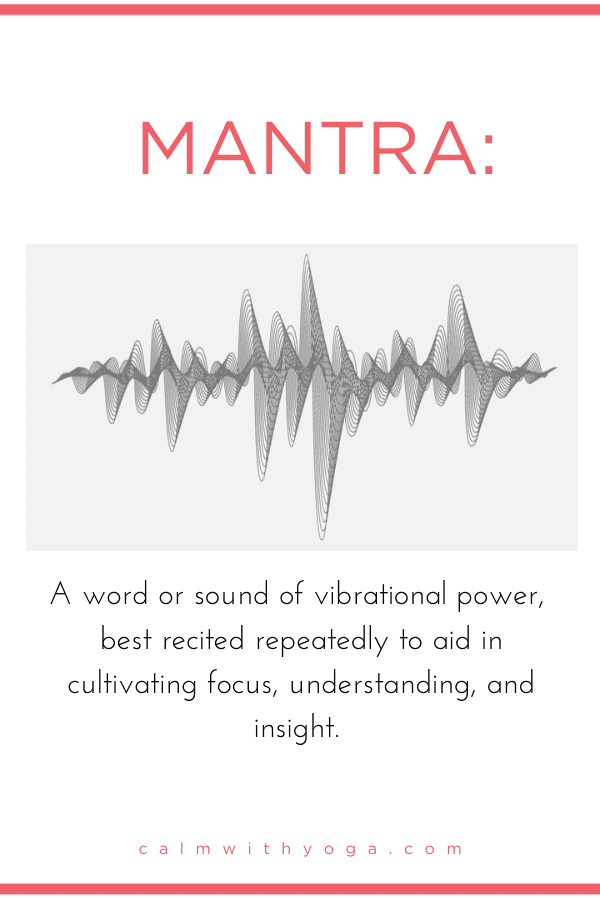
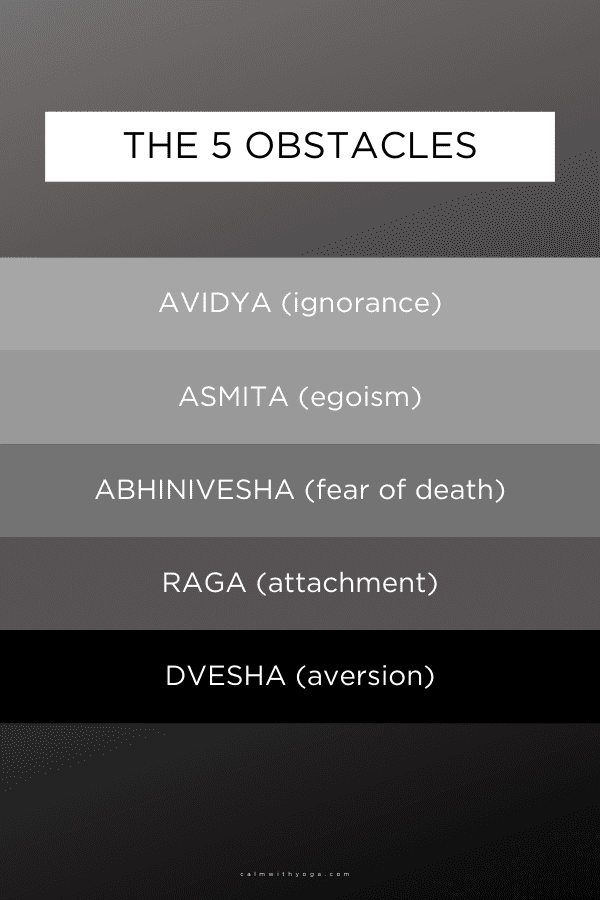

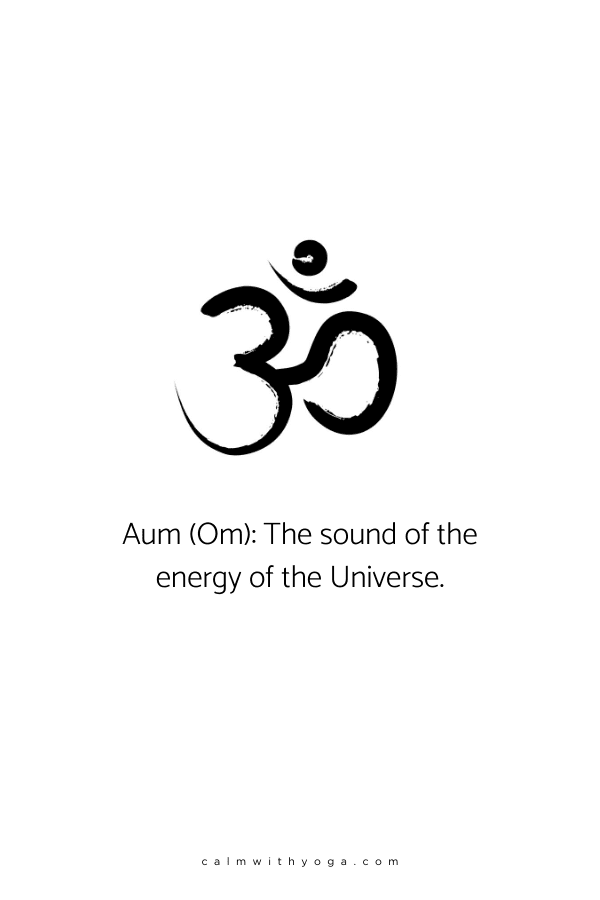
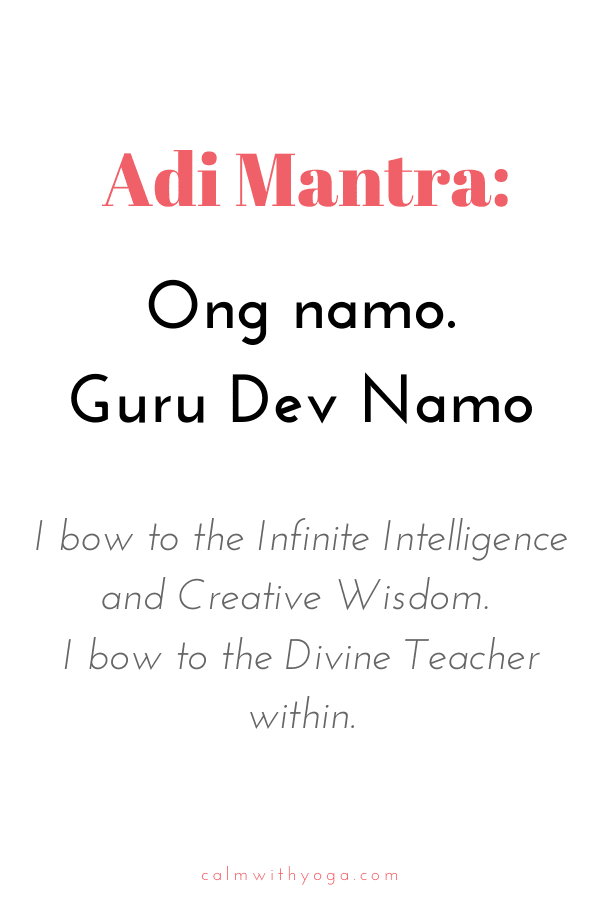
title: “3 Yogic Principles To Transform Any Discomfort Motherhood Community” ShowToc: true date: “2022-12-09” author: “Kathy Hood”
Están allí para hacernos entender y expresar nuestras propias capacidades. Todas tenemos esa fuerza, pero parece que no lo sabemos. Parece que necesitamos ser desafiadas y probadas para entender nuestras propias capacidades. De hecho, esa es una ley natural. Si un río simplemente fluye fácilmente, el agua en el río no expresa su poder. Pero, una vez que pones un obstáculo en el flujo mediante la construcción de una presa, puedes ver su fuerza como una tremenda potencia eléctrica. – Swami Satchidananda, profesor de yoga y traductor/comentarista de los Yoga Sutras de Patanjali Estableció la Beca de Auto-Realización en Los Angeles, CA, donde sigue siendo hoy en día. Sus enseñanzas se centraban principalmente en el Kriya Yoga. En 1946 publicó el best-seller “Autobiografía de un yogui”, donde dedicó un capítulo entero a’la ciencia del kriya yoga’. El libro impactó a innumerables personas a lo largo de los años, incluyendo al CEO de Apple, Steve Jobs. Tanto es así que cuando Jobs planificó cada detalle de su propio funeral se aseguró de que cada asistente recibiera una copia del libro como su último mensaje y regalo. (2) Sin embargo, el camino del kriya yoga de Yogananda no es para el público en general. La técnica real debe ser aprendida de un kriyaban (kriya yogi) en un proceso de iniciación kriya. Esta técnica específica del kriya yoga ha sido transmitida por un linaje de maestros y estudiantes. Se dice que en 1861 el maestro Mahavatar Babaji enseñó la técnica a su alumno Lahiri Mahasaya, quien a su vez se la enseñó a su alumno Sri Yukteswar quien se la enseñó a sus alumnos, incluyendo a Yogananda. La técnica de Kriya significa ‘acción’ en Sánscrito, la lengua clásica de la India. En la ciencia del Kriya yoga, por lo tanto, la práctica de kriya significa ‘yoga en acción’ o ‘yoga en la práctica’. Sin una técnica de meditación, como la del señor krishna, es fácil quedar atrapada en un bucle que repite lo mismo, a menudo patrones automáticos, hábitos, elecciones y reacciones una y otra vez. Todas hemos estado en ese punto de una manera u otra. Esto sucede a menudo en un nivel inconsciente, lo que lo hace aún más frustrante porque puede sentir que las cosas están completamente fuera de nuestro control. Estos patrones que vemos desde la primera vez se convierten en nuestros puntos ciegos, nuestras áreas más débiles y más oscuras donde la luz no ha brillado todavía. Lo que es peor, algunos puntos ciegos están tan ocultos de nuestra propia conciencia, que ni siquiera sabemos que nos están impactando. Repetir estos patrones lleva a tener las mismas experiencias incómodas, dolorosas y frustrantes, incluso si los detalles de las circunstancias cambian de forma. Tener las mismas experiencias desde la primera vez conduce a unir las mismas emociones pesadas como la frustración, la ira, la ansiedad, la irritación, la desesperanza, el miedo, el arrepentimiento y la decepción Esto puede llevar a una espiral descendente donde la inseguridad y la duda aumentan a medida que la confianza y la fe en una misma disminuyen.
Eres Una Guerrera Bodhisattva Enfrentando Una Batalla Invisible
Si estás leyendo esto es porque eres una Guerrera Bodhisattva enfrentando una batalla invisible todos los días de tu vida.
El Bodhisattva es alguien que despierta con una comprensión de lo que es necesario para liberarse del encarcelamiento y limitaciones mentales y emocionales.
Bodhi significa despertar y comprender, y sattva es la cualidad del equilibrio tranquilo. Como el Guerrero del Bodhisattva, tu misión incluye tres objetivos: Si luchas contra el estrés crónico, la ansiedad o la depresión, el campo de batalla tiene más obstáculos y obstrucciones para ti, lo que significa que la victoria potencial puede ser mucho más triunfante. Esta es la Batalla Invisible:
Enfrentar cada día tus patrones, hábitos, elecciones y reacciones automáticos y sin poderes.
Dirigirte hacia el interior y enfrentar tus puntos ciegos de frente para que puedas arrojar luz sobre los puntos olvidados o rechazados de tu ser interior.
Utilizar la incomodidad, el dolor y la frustración como un vehículo para la transformación y la purificación mental/emocional.
Encontrar el coraje para honrar, encarnar y vivir auténticamente tu Verdad.
Romper los Patrones Obsoletos Con Estos 3 Principios del Raja Yoga
Aceptar el dolor como ayuda para la purificación, el autoestudio y la entrega a un poder superior constituye el yoga en la práctica. – Yoga Sutras de Patanjali, Sutra 2.1
El Raja Yoga se llama así porque se considera la forma más elevada de práctica yóguica. También se lo conoce como ‘la ciencia de la mente’ o ‘yoga mental’ porque va más allá del tipo del yoga típico al que estamos acostumbrados. (El que se enfoca en el cuerpo físico y las posturas.) El texto primario de Raja Yoga se conoce como los Yoga Sutras de Patanjali. Este texto antiguo describe el Sendero de las 8 Ramas del Raja Yoga a través de los Sutras 196, o “suturas” de sabiduría eterna, con la intención de ayudarte en tu viaje como el Guerrero del Bodhisattva frente a la Batalla Interna. El Sutra mencionado anteriormente, el Sutra 2.1, es de particular importancia, ya que describe 3 principios específicos del yoga que pueden ayudar a minimizar los obstáculos en tu camino. Estos tres principios y las asanas te ayudarán a liberarte de patrones que ya no te sirven, para que no sigas recreando las mismas experiencias incómodas, dolorosas y frustrantes una y otra vez. Ellos son:
1. Tapas – autodisciplina y purificación a través del fuego del desafío
Mediante la práctica de Tapas, sentimos con coraje el calor y permitimos que nos transforme desde dentro hacia fuera. Cualquier cosa quemada será purificada… ¿Pero cómo puede efectuarse este proceso de combustión con nuestras impurezas mentales? Aceptando todo el dolor que nos llega, aunque la naturaleza de la mente es correr tras el placer. Estaremos encantadas de recibir dolor si tenemos en cuenta sus efectos purificadores. – Swami Satchidananda, profesor de yoga y traductor/comentarista de los Yoga Sutras de Patanjali Anulas tus impulsos para evitar el dolor y buscar el placer. Aprendes a soportar el dolor, la incomodidad y la frustración como un medio de purificación y transformación. Es a través del dolor que aprenderás más sobre quién eres realmente y de qué estás hecha realmente. Al observar este principio, te entrenas para ser más resistente, estar más presente y ser más feroz frente a los obstáculos y desafíos. Así que, la próxima vez que te encuentres haciendo una mueca y alejándote de lo que te duele o te sientes incómoda o lo confrontas, quédate ahí… quédate con eso. Y, al practicar el siguiente principio junto con Tapas, podrás aprender más sobre ti debido a eso…
2. Svadhyaya – Auto-estudio
La octava rama del Raja Yoga, el objetivo final de este sistema de entrenamiento de guerreros yóguicos, es Samadhi. La educación es la extracción de lo mejor que hay dentro de una persona. Svadhyaya, por lo tanto, es la educación del yo. La persona que practica svadhyaya lee su propio libro de la vida, al mismo tiempo que lo escribe y lo revisa. – B.K.S. Iyengar, Profesor de Yoga y Autor de “Light on Yoga” Samadhi representa el momento en que te unes con todo tu ser verdadero. En el Raja Yoga, tu verdadero ser es la esencia de ti que ha estado contigo toda tu vida. Tu verdadero ser está esperando para ser plenamente realizado y expresado. Se necesita el estudio del yo para que pueda haber unión con el yo. Piénsalo así: imagina que tu verdadero ser está enterrado debajo de múltiples capas de suciedad. Para poder experimentar tu auténtico yo, primero debes descubrir y eliminar lo que no eres realmente – la suciedad. Svadhyaya es el agente de limpieza que expone gradualmente lo que siempre ha estado debajo. Según el neurocientífico Dr. Joe Dispenza, nuestra mente consciente y analítica solo representa el 5%, mientras que nuestra mente subconsciente procesa el 95% restante. (1) La práctica de Svadhyaya nos ayuda a descubrir esta información oculta (el 95%) para que podamos procesarla con nuestra mente consciente y consciencia presente. Al comprometernos con nosotras mismas a través de la indagación y la curiosidad neutrales, podemos comenzar a desenredarnos de nuestros patrones de semillas profundas, creencias inconscientes y puntos ciegos. Podemos alejarnos el tiempo suficiente para observarnos a nosotras mismas, nuestras reacciones y nuestros disparadores emocionales tácitos. La práctica de Svadhyaya es como un músculo que debemos practicar de forma lenta, constante y persistente. Y será incómodo y, a veces, confrontará para estudiarte a ti misma porque no siempre te gustará lo que ves. Este es el momento en el que invocas el poder de Tapas también, para que puedas soportar el dolor temporal y la incomodidad para obtener los dones y tesoros de larga data al otro lado del fuego.
3. Ishvara Pranidhana – rendirse a un poder superior con devoción y dedicación
Este es el que más me cuesta. – Marianne Williamson, autora de ‘A Return to Love Como una fanática del control total que también experimenta ansiedad crónica, tengo que volver a este principio constantemente. En el Raja Yoga, los Yoga Sutras 1.24, Ishvara es el Ser Supremo, que no se ve afectado por ninguna aflicción, acción, fruto de acción, o por cualquier impresión interna de deseo o codicia. Ishavara Pranidhana, entonces, es la devoción y dedicación a la plena expresión de este Ser Supremo. Rendimos nuestras propias agendas y, en cambio, caemos en lo desconocido, aprendemos a confiar en el proceso y cultivando una conexión con un poder superior. – Raja Yoga Sutra 2.45 Según los Sutras 1.27-1.28 y los grandes maestros, la expresividad de la palabra de este Ser Supremo (Ishvara) es Om o Aum. Repetir Om mientras se reflexiona sobre su significado es una ayuda en el campo de la batalla invisible. La repetición de este sonido primordial es lo que se conoce como un mantra.
Entonces, la próxima vez que sientas la presión de un momento intenso o desafiante, o no sabes qué hacer, intenta simplemente cantar Om un par de veces. Mira cómo se siente este acto de rendición con las prácticas enseñadas. Cuando practicamos la repetición consciente del mantra Om, los obstáculos comienzan a cambiar y se mueven, y también experimentamos la unión con nuestro verdadero ser. Recuerda que, como el Guerrero del Bodhisattva, uno de los objetivos de tu misión es despertar la percepción y la comprensión de uno mismo… esta es una forma de lograrlo. Al observar estos tres Principios de Yóguicos de manera consistente y sincera, obtendrás una comprensión más profunda de cómo transformar tu dolor, frustración e incomodidad (bodhi). – Raja Yoga Sutra 1.29 También obtendrás la calidad del equilibrio calmo (sattva). Obtendrás dominio sobre tu mente y emociones, y la evolución espiritual. Y experimentarás la etapa más alta del Raja Yoga… Samadhi, o Auto-Realización. Te dejo una de las técnicas de meditación para lograr la conciencia cósmica, una Auto-Realización para guiarte en aumentar tu sentido de calma interior y fuerza vital sin importar lo que esté sucediendo a tu alrededor: https://soundcloud.com/calmwithyoga/self-realization-meditation-dissolve-fear-anxiety-overwhelm (1) Dispenza, Joe, You Are the Placebo: Making Your Mind Matter, 2014 (2) https://www.inc.com/hitendra-wadhwa/steve-jobs-self-realization-yogananda.html (3) https://www.ncbi.nlm.nih.gov/pmc/articles/PMC3099099/






